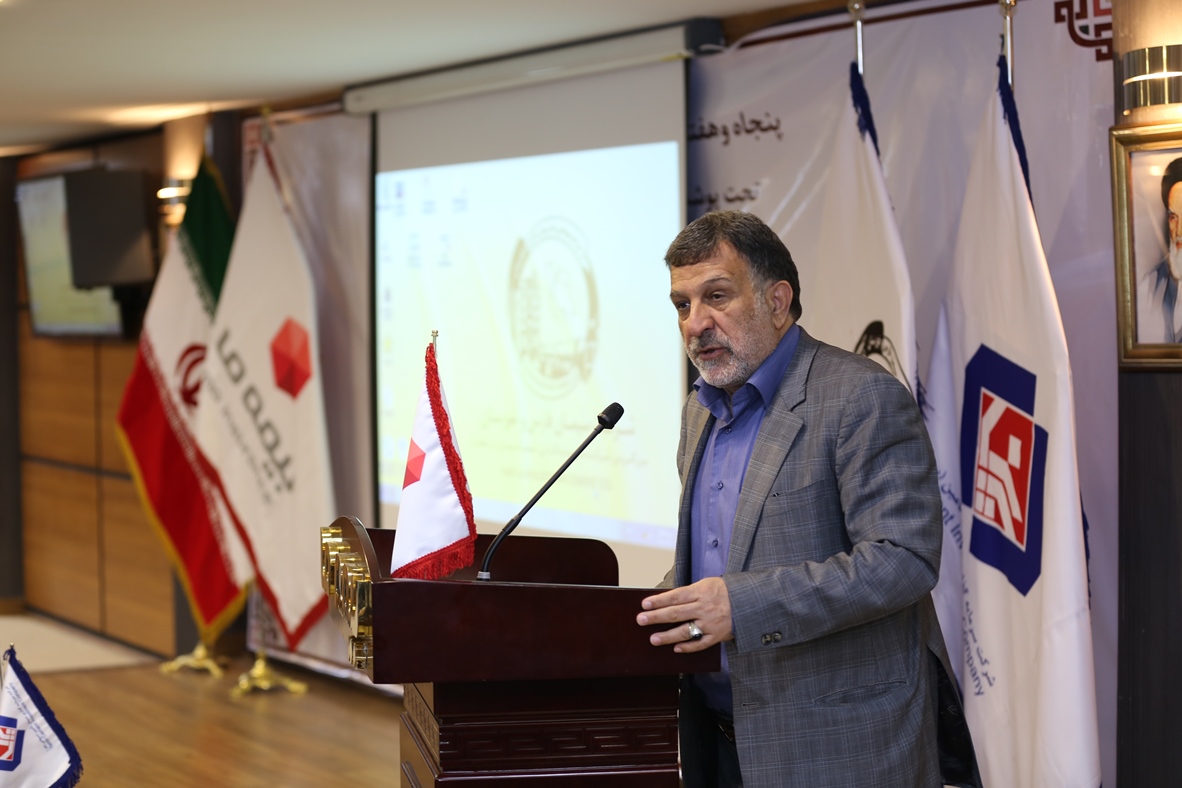Iran’s largest holding, Social Security Investment Company, is set to offer the shares of all its subsidiaries on the equity market by the end of the current fiscal year (March 20, 2018), the deputy head of the company’s board of directors said.
“Currently, 75% of our subsidiaries are listed on the equity market. We are planning to list the rest by next year to make them more competitive and their financial status more transparent,” Morteza Lotfi was also quoted as saying by ILNA.
The investment arm of Social Security Organization, also known by its Persian acronym Shasta, controls nine holdings operating in a wide range of sectors, including petroleum, petrochemicals, pharmaceuticals, cement, transportation and finance.
These holdings manage about 200 subsidiaries, have 1,000 board members and control assets worth 350 trillion rials ($9.02 billion).
Subsidiaries of two holdings, namely Tamin Pharmaceutical Investment Company and Tamin Petroleum & Petrochemical Investment Company are already listed on the equity market.
According to SSIC’s Managing Director Reza Norouz-Zadeh, the holdings slated for listing are Tamin Cement Investment Company, Tamin General Industrial Holding Company and Tamin Construction and Transportation Investment Company.
“We have asked [Securities and Exchange Organization] to analyze and pave the way for the three holdings to go public. We initially plan to offer less than 5% of their shares for price discovery and then follow it up with offering 30%. This way, Shasta will keep a 64% stake in them,” Bourse Press quoted the official as saying.
SSIC’s portfolio is vast, as the numbers indicate. The cement holding, for instance, manages 13 cement companies, three mining factories and three engineering plants, most of which are the largest in the industry and account for 40% of national output of the material.
However, the impressive portfolio does not mean the holdings are thriving.
An Impaired Giant
Lotfi said Shasta acquired more than 90% of its assets as a result of the government’s debt settlement and 70% of them are either running at losses or underperforming, while the only returns it gets are from the 30% it had established.
SSIC’s gargantuan size is in fact due to the policies of the previous administration that handed stakes in state-owned companies in lieu of its debts. The companies, already poorly run, were forced on SSIC at arbitrary prices.
According to Lotfi, the government is over 1 quadrillion rials ($25.7 billion) in debt to the Social Security Organization.
“The figure has surged from 60 trillion rials ($1.54 billion) in the past decade. This is while SSO has to pay about 750 trillion rials ($19.2 billion) in pension every year, with a good chunk of it coming out of SSIC’s revenues,” he said.
What makes things more convoluted is that the industries SSIC is involved in are going through a rough patch. The cement industry, for instance, is suffering from a 44% production overcapacity in the face of continuously diminishing demand in the construction sector.
And exports, the only way out of a domestic demand deadlock, stand at about 10% of production due to trade wars with neighbors and the high cost of shipping to other continents.
Pharmaceutical companies are also on the rocks.
According to Norouz-Zadeh, the industry is having trouble maintaining profits due to the long delays in receiving purchase payments, largely due to the overall lack of liquidity in the market.
And last but not least, SSIC’s shares in the steel industry have been dragging it down. The financially embattled Esfahan Steel Company has been drowning in debt for the past few years and 55% of its shares are owned by SSO.
The latest statistics indicate ESCO’s accumulated losses stood at 21.03 trillion rials ($544.86 million) by the end of this year’s first quarter (ended June 21) while its total debts also stand at 83.25 trillion rials ($2.15 billion).
Investors at Tehran Stock Exchange and Iran Fara Bourse will probably not be lining up to buy the shares of SSIC’s holdings unless things improve financially, which in turn means the economy steering toward growth.
Still, SSIC is thinking about expansion.
According to Lotfi, the company has invested about 500 trillion rials ($12.8 billion) in different projects, including a pharmaceutical plant in northwestern Iran, a cement plant in Iraq and a mining project in Africa.
“Talks are underway with the Turkish government for dual listing of some of SSIC’s subsidiaries on Borsa Istanbul, which would be a positive step toward attracting foreign investment,” he said.


